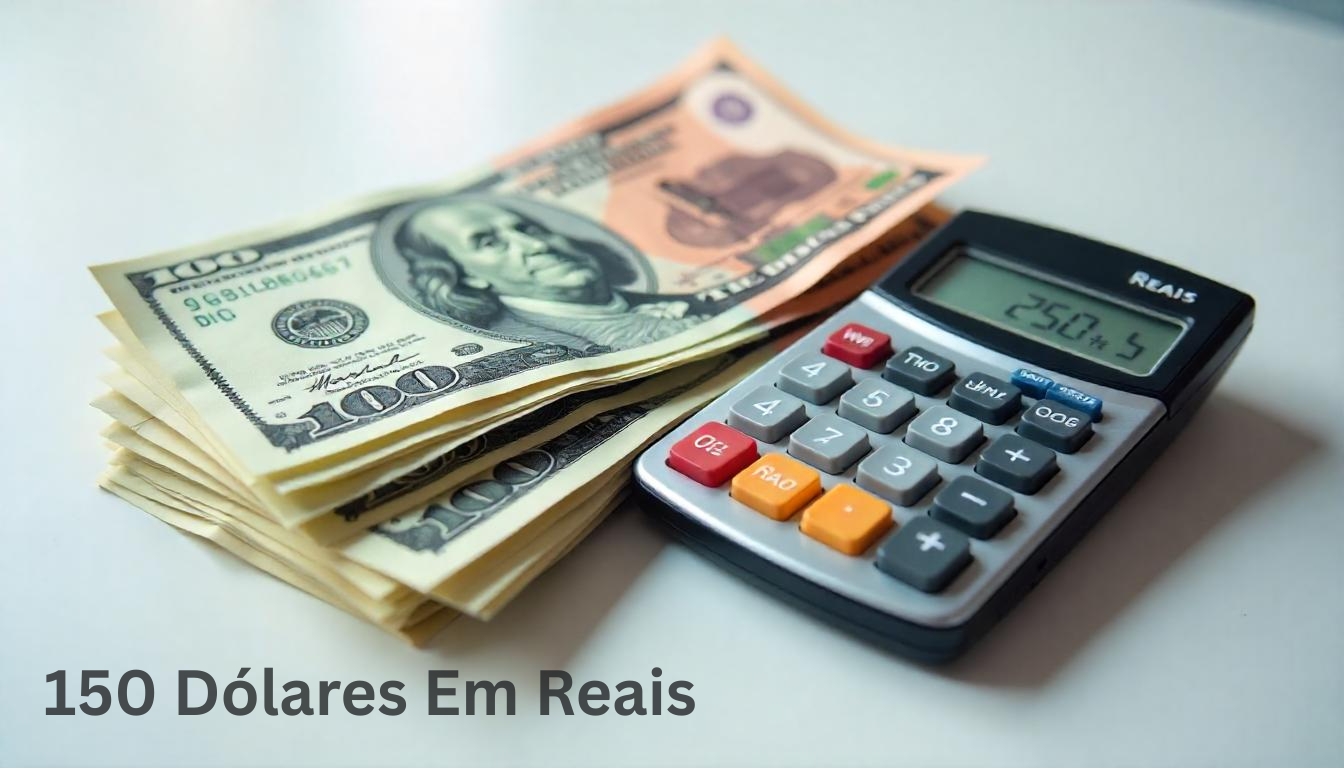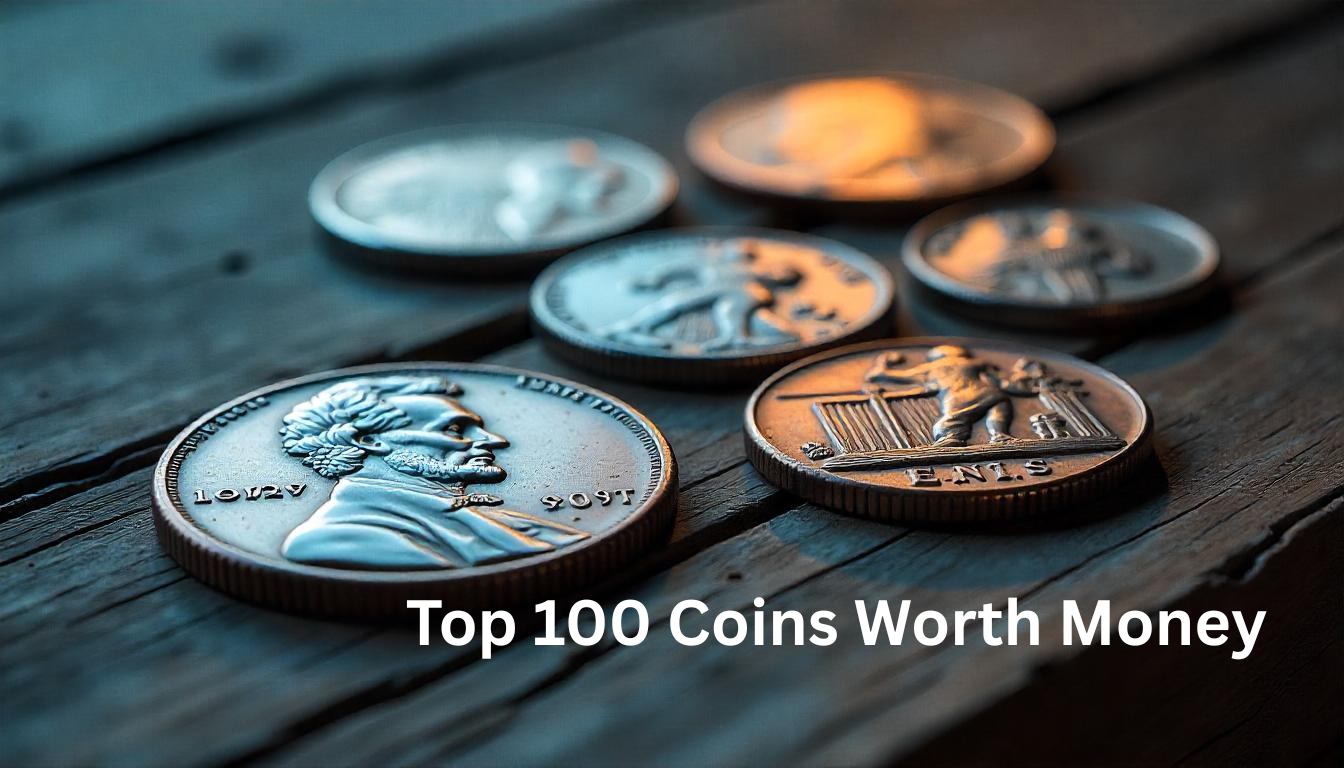In the ever-evolving world of cryptocurrency, investors often encounter terms that can be confusing, especially for newcomers. One such term is “unstake,” which plays a critical role for those involved in staking. But what does it mean to unstake crypto, and how can it impact your investments?
Whether you are a seasoned crypto enthusiast or just beginning to explore this space, understanding the process of unstaking is essential to making well-informed decisions. In this guide, we will explain what it means to unstake crypto, why you might want to do it, and what you should consider before initiating the process.
What Is Staking in Cryptocurrency?
Before diving into unstaking, it’s important to understand staking. Staking involves locking up your cryptocurrency in a proof-of-stake (PoS) blockchain network to support its operations, such as validating transactions and securing the network. In return for your participation, you receive staking rewards, usually in the form of more crypto.
For example, if you stake your Ethereum (ETH) or Cardano (ADA), you are essentially locking up those coins to help maintain the blockchain. The more crypto you stake, the higher your chances of earning rewards. Think of it like putting money into a savings account—you’re contributing to the system and, in return, you earn interest.
However, staking comes with its own set of rules, including a time commitment. Many investors find themselves in a position where they want to retrieve their staked crypto before the staking period ends, or they may decide to sell or transfer their tokens. This is where the concept of “unstaking” comes in.
What Does It Mean to Unstake Crypto?
Now, let’s answer the burning question: what does it mean to unstake crypto? Unstaking is the process of withdrawing your staked cryptocurrency from a network and making it available for use again. It’s essentially the opposite of staking. When you unstake your crypto, you can transfer, sell, or use it as you wish.

However, unstaking doesn’t always happen instantly. Many PoS networks require a “cooling-off” period known as the unbonding period. This is a set period during which your staked assets are locked and cannot be used, even after you initiate the unstaking process. The unbonding period can range from a few days to a few weeks, depending on the cryptocurrency network.
Why Would You Want to Unstake Crypto?
There are several reasons why you might consider unstaking your crypto:
Liquidity Needs
One of the main reasons to unstake crypto is to gain access to liquidity. When you stake your tokens, they are effectively tied up, meaning you can’t use them for trading, purchasing goods, or other investments. If you need immediate access to your crypto, unstaking can provide that flexibility.
Change in Investment Strategy
Sometimes, an investor might decide to alter their investment strategy. For example, you may feel that a particular PoS network is no longer as profitable or reliable as before. In such cases, unstaking your crypto and reallocating it to a more promising asset can help diversify your portfolio and mitigate risks.
Network Issues or Security Concerns
If the network you’ve staked your crypto in is facing technical issues or security vulnerabilities, it may be a good idea to unstake your crypto. By doing so, you avoid the risks associated with compromised networks and can explore other, more secure opportunities.
Staking Rewards Not Justifying the Investment
If the rewards from staking aren’t meeting your expectations or the fees are too high, you may choose to unstake your assets and look for other opportunities that provide a better return on investment.
How to Unstake Crypto: The Process
Unstaking crypto can differ slightly depending on the blockchain and platform you’re using, but the general process is quite similar. Here’s a step-by-step guide to help you understand how to unstake crypto:
Step 1: Choose the Right Wallet
Before you can unstake your crypto, you’ll need to have a compatible wallet that supports the network and the staking process. This wallet holds your staked crypto and is where you’ll manage your assets.
Step 2: Initiate the Unstaking Process
Once you’ve accessed your wallet, find the staking option and select the crypto you wish to unstake. The platform will typically offer a button or a menu option to start the unstaking process. This is the moment you let the system know that you want to stop participating in staking.
Step 3: Wait for the Unbonding Period
After initiating the unstaking process, most networks impose an unbonding period. During this time, your crypto will be locked, and you will not be able to use it. This can range from a few days to several weeks, depending on the network.
Step 4: Complete the Unstaking
Once the unbonding period is over, your crypto will be available for you to transfer, sell, or use however you wish. You can then move it to another wallet or exchange, depending on your preferences.
Things to Consider Before Unstaking Crypto
Before you decide to unstake your crypto, there are several important factors to consider:
Unstaking Fees
Some platforms charge a fee to unstake crypto, so it’s important to check the terms and conditions. These fees can vary depending on the network and wallet provider.
Potential Loss of Rewards
If you unstake your crypto before the staking period ends, you may miss out on potential rewards. Be sure to calculate whether the liquidity you gain is worth more than the staking rewards you forgo.
Tax Implications
In some regions, unstaking may trigger a taxable event. You may be required to report any gains or losses when you unstake crypto. It’s always a good idea to consult with a tax professional to understand the implications in your country.
Re-Staking Opportunity
Once you’ve unstaked your crypto, you can choose to re-stake it in another network or pool. If the current staking option doesn’t provide the returns you desire, explore different projects or platforms to maximize your investment.
Common Myths About Unstaking Crypto
There are a few myths surrounding the process of unstaking crypto that can confuse investors. Let’s clear them up:

Myth 1: Unstaking Means Losing All Rewards
Unstaking doesn’t mean you lose all the rewards you’ve earned. You can still receive rewards up until the moment you begin the unstaking process, but you won’t earn rewards during the unbonding period.
Myth 2: Unstaking Takes Forever
While the unbonding period can take several days or weeks, it’s not a forever process. Once the period ends, your crypto is ready to use again.
Myth 3: Unstaking Is Always Free
Many platforms charge fees for the unstaking process, which is why it’s important to read the fine print before committing to unstaking.
Frequently Asked Questions
What does it mean to unstake crypto?
Unstaking crypto refers to the process of withdrawing your staked cryptocurrency from a network to make it available for trading, transferring, or other uses. It’s essentially the opposite of staking, where you lock up your tokens to help maintain the blockchain and earn rewards.
How long does it take to unstake crypto?
The time it takes to unstake crypto varies depending on the blockchain network. Most networks impose an unbonding period, which can range from a few days to a few weeks. During this time, your staked tokens are locked and unavailable for use.
Are there any fees for unstaking crypto?
Many platforms charge fees for unstaking crypto, though the exact fee structure varies by network and wallet provider. Always check the terms and conditions of the platform you’re using to understand any potential fees.
Can I earn rewards while my crypto is in the unbonding period?
No, once you initiate the unstaking process, you stop earning rewards from staking. You can only earn rewards up until the moment you start the unstaking process, but during the unbonding period, no additional rewards will accumulate.
What happens to my crypto during the unbonding period?
During the unbonding period, your crypto is temporarily locked and cannot be used for trading or other activities. The length of this period depends on the network’s specific rules, which can range from a few days to weeks.
Can I unstake any crypto at any time?
Technically, you can initiate the unstaking process at any time, but the availability of your funds depends on the network’s rules. Keep in mind that many PoS networks require a waiting period before you can access your assets again.
What are the risks of unstaking crypto?
The main risks of unstaking crypto include missing out on future rewards and the potential for market fluctuations during the unbonding period. If the price of the cryptocurrency drops during the unbonding period, you might lose value on your investment.
Is it worth it to unstake my crypto?
Whether it’s worth it depends on your financial goals and the current state of the network. If you need liquidity or believe your crypto is better suited for another investment, unstaking could be beneficial. However, if you’re earning good staking rewards, it might be better to leave your crypto staked.
Can I unstake my crypto and restake it later?
Yes, you can unstake your crypto and restake it in another network or pool. Many investors choose to unstake their tokens if they believe they can earn better rewards in a different staking pool.
Do I have to pay taxes when I unstake crypto?
Unstaking crypto may trigger taxable events in some regions, especially if there are capital gains or losses. It’s important to consult with a tax professional to understand the tax implications of unstaking crypto in your country.
Final Thoughts
So, what does it mean to unstake crypto? Essentially, it’s the process of withdrawing your staked assets from a PoS network to gain access to them for trading, investing, or other uses. However, it’s important to consider factors like fees, rewards, and the unbonding period before making the decision to unstake.
Ultimately, whether or not to unstake your crypto depends on your financial goals, the state of the network, and how urgently you need liquidity. It’s always a good idea to weigh the pros and cons and consult with other investors or experts before taking action.
Ready to Unstake Your Crypto? If you’ve been thinking about unstaking your assets, now might be the time to take action. Explore different networks, adjust your investment strategy, and unlock the full potential of your crypto holdings today.






